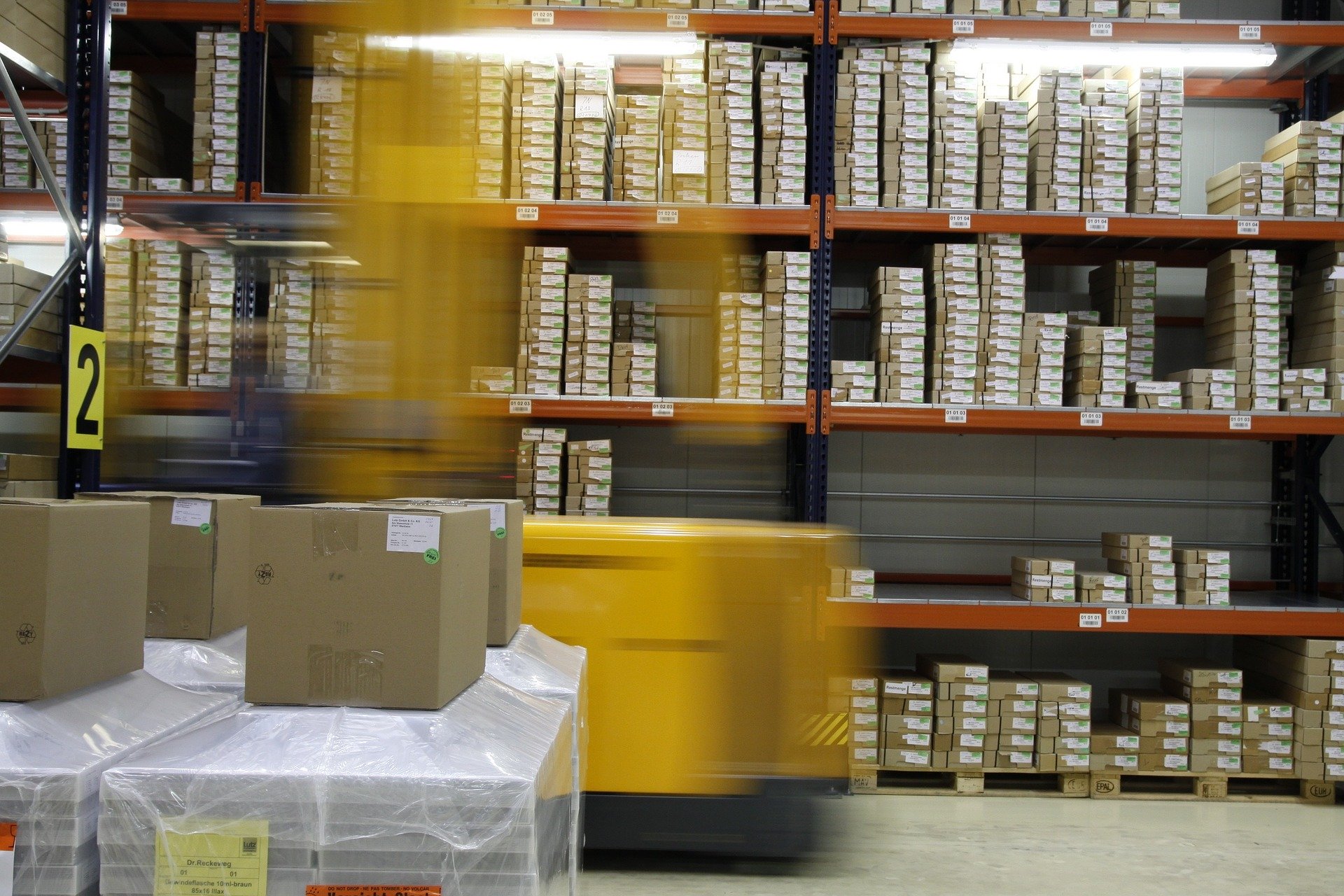COVID-19, climate change, the Australian bushfires, murder hornets and the looming economic recession have all had the year 2020 etched into the annuls of time for potentially the most changeable year on record. To deal with what the year has thrown at us so far, warehouse and logistics firms have scrambled to increase efficiency and output to meet the global demand caused by lockdown and subsequent panic buying.
To do this they have tapped into technological advances and inventive strategies in every area, whether that is as large scale machinery movers or as customer focused product delivery services, these innovations have allowed organisations to oversee the end to end processes while working to exceed increasing customer needs.
With 2020 not even over yet and the threat of a second wave of infections or global lockdowns it is important that warehouse and logistics companies keep looking for the next big thing that can set them apart from the competition.
Blockchain & Cryptocurrency
Utilising new types of tamperproof technology is becoming more and more advantageous to many firms and one way of doing this is to employ blockchain and cryptocurrency.
Blockchain is a specific type of digital record keeping utilised by cryptocurrency, ‘blocks’ store information about transactions such as the date, time, and dollar amount, participants (encoded), of your most recent purchase from an online retailer. This can be broken down as digital information (the “block”) stored in a public database (the “chain”).
The unique ‘hash’ codes these blocks generate upon creation mean that no two can ever be mistaken for one another and the information they hold is not likely to be adulterated.
Whilst this level of security won’t be necessary for all companies, some may find this makes high cost shipments more attractive to buyers because of the added level of security.
Sustainability
With the global climate crisis only deepening, the need to not only make money, but also protect our planet has never been more apparent. There are ethical implications for companies and individuals alike as they aim to help meet global climate targets set by various governing bodies and countries over the next decade.
Last-mile delivery is often viewed as very time and energy-consuming. Because of this it presents opportunities for fresh and smart approaches, from electric vehicles, miniature drone vehicles, to AI-based software that calculates the route with the lowest generated emissions.
60 commercial groups, including Maersk, launched an initiative that aims to use ships and marine fuels with zero carbon emissions on the high seas by 2030. The industry must band together in this manner to prove that sustainability is not lip service but a fully realised goal for the future.
Another trend emerging in the shipping and logistics and ecommerce industries is providing a choice for customers as to how they would like to receive their delivery.
This makes shipping and logistics managers much more visible to consumers and will require them to offer competitive prices for a range of shipping types if they hope to carve out a niche in the marketplace.
Unified visibility and management
Supply chain managers & logistics companies alike must have in-depth visibility into the processes and journeys of their products and goods. This will benefit not only the increasingly demanding consumer who wants to choose the delivery mode, day, and type but also the all-important stakeholder currently often having to utilise several obtuse platforms to form a fully functioning picture of their investments.
Having the option to manage their fleet, improve customer satisfaction, negotiate for the best rates, or acquire tracking details, means a more efficient and ultimately profitable business for all. Not only to make the end to end process completely visible but also to place this in real time and be able to extract standardised data and analytics for all parties is the ultimate goal. Levelling the playing field and offering ultimate accountability.
Artificial and Augmented Intelligence
Much of the technology described in the last few paragraphs is held up by artificial or augmented intelligence, including intelligent transportation, route planning, and demand planning, in their operations. This is only the beginning.
Last-mile delivery robots, autonomous vehicles, and sustainability solutions, to automated warehouse systems and optimisation software, AI is already making an enormous difference in logistics. Whilst these technologies are already in place across the globe, the expansion and development of these will be paramount in helping the industry stay viable and cost effective in situations where human lives are endangered. The COVID-19 pandemic restricted the amount or even presence of humans in large gathering or indoor spaces. Automation solves (or at least alleviates) this issue.
Augmented intelligence combines human intelligence, such as experience, responsibility, customer service, flexibility, and common sense, with AI automated processes; allowing professionals to do their job quickly and reducing errors and creating financial savings. AI technology is left to carry out the repetitive and tedious work. According to Gartner, augmented intelligence will create $2.9 trillion of business value and lead to an increase of 6.2 billion hours of worker productivity globally by 2021.






Comments are closed.